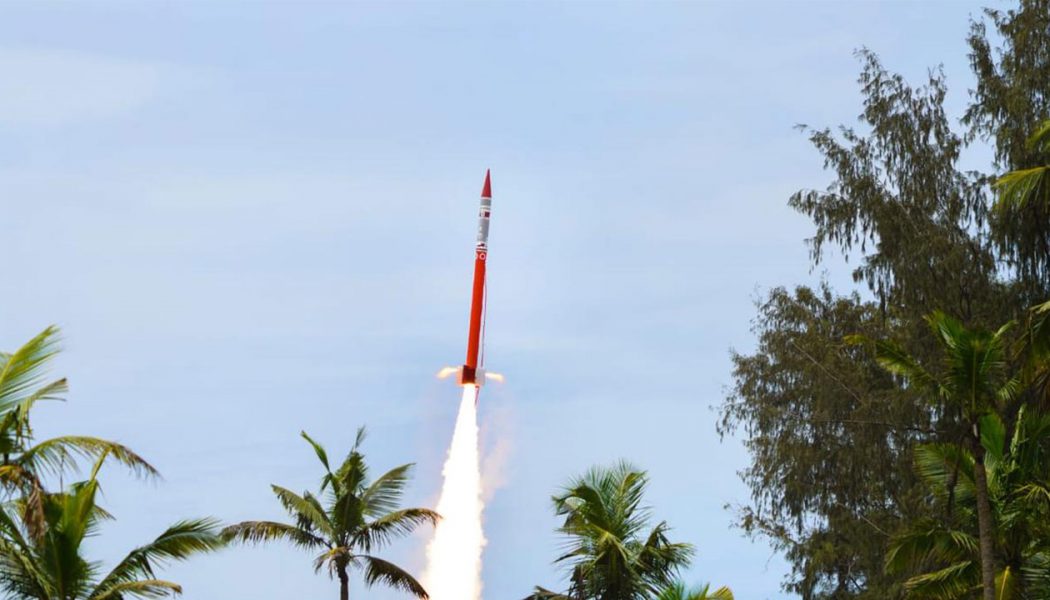ISRO has successfully tested an Inflatable Aerodynamic Decelerator (IAD) on the 3rd September 2022. Yes, the Indian Space Research Organization (ISRO) has successfully test flown an IAD designed and developed by the Vikram Sarabhai Space Centre (VSSC). The IAD was flown on a Rohini-300 (RH300 MkII) sounding Rocket from the Thumba Equatorial Rocket Launching Station (TERLS) at 12:20pm on Saturday. With this, India has become the third country to acquire the IAD Technology, the others being United States and Russia.
The IAD was initially folded and kept inside the Payload Bay of the Rocket. It was inflated at an altitude of 84kms and descended through the atmosphere with the Payload part of the Sounding Rocket. The specialty is that an IAD is designed for the first time specifically for Spent Stage Recovery. This new technological development has huge potential in various Space Applications such as recovery of Spent Stages of Rockets and landing Payloads on to Mars or Venus.
Sri S Somanath, Chairman of ISRO said “This demonstration opens a gateway for cost effective Spent Stage Recovery using Inflatable Aerodynamics Decelerator Technology and this IAD Technology can also be used in ISRO’s future missions to Venus and Mars and in making space habitat for human space flight missions”.
What is an IAD?
IAD is an inflatable structure, made out of Kevlar Fabric, coated with Polychloroprene and it can be packed into a small volume of 15 liters, available in the nosecone of RH300. When inflated, an IAD takes the shape of three concentric Toroids with an overall diameter of 1.3m. This generates high Aerodynamic Drag and Stability.
Key Points related to Inflatable Aerodynamic Deceleration (IAD)
-
- IAD was taken to an altitude of 84 km by the rocket where it was inflated and descended through the atmosphere with the payload part of the sounding rocket
- The main objective of the mission was to demonstrate IAD technology for application in spent stage recovery and planetary entry
- IAD is kept stowed in the nosecone of the single-stage Rohini-300 Sounding Rocket
- The IAD systematically reduced the velocity of the payload through aerodynamic drag and followed the predicted trajectory during the test
- According to ISRO, all the objectives were successfully demonstrated
Read more about this development at ISRO website









